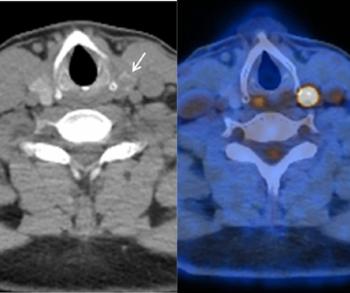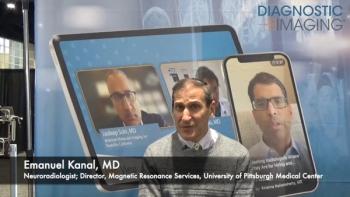
AI-Powered Algorithm Gets FDA 501(k) Clearance for Detection of Subarachnoid Hemorrhages
A recent study found that Viz ANEURYSM had a 94 percent accuracy rate of diagnosing subarachnoid hemorrhages on computed tomography angiography (CTA).
Subarachnoid hemorrhages reportedly affect nearly 30,000 Americans each year and have a
Viz ANEURYSM,
“(Aneurysms) can often be missed because they require a very methodical diagnostic approach,” noted lead study author Vitor Mendes Pereira, MSc, MD, the director of endovascular research and innovation at the University of Toronto. “The model has demonstrated that a deep learning AI algorithm can achieve clinically useful levels of accuracy for clinical decision support and will help us to improve how we help aneurysm patients.”
Clinicians can add the Viz ANEURYSM module to the Viz Intelligent Care Coordination Platform, which is clinically validated and reimbursed by Medicare, according to Viz.ai.
Newsletter
Stay at the forefront of radiology with the Diagnostic Imaging newsletter, delivering the latest news, clinical insights, and imaging advancements for today’s radiologists.




























